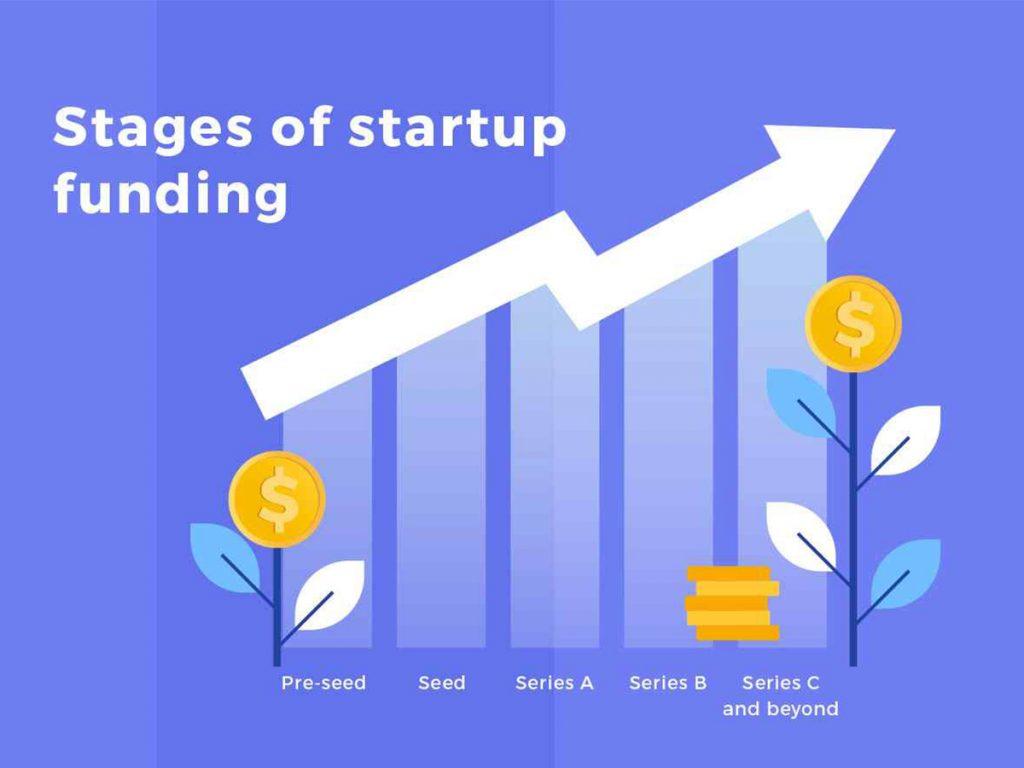In the fast-paced world of entrepreneurship, securing funding is a critical yet often daunting challenge for startups. As competition intensifies and investors become more discerning, founders must equip themselves with effective strategies to navigate the complex funding landscape. Understanding the intricacies of funding options—from bootstrapping and angel investments to venture capital and crowdfunding—can mean the difference between success and failure. This article delves into essential strategies for effectively securing startup funding, offering insights into the key components of a compelling business proposition, the importance of building a robust network, and techniques for engaging potential investors. By adopting these strategies, entrepreneurs can enhance their chances of not only attracting the necessary capital but also establishing valuable partnerships that will propel their ventures toward sustainable growth.
Table of Contents
- Identifying the Right Funding Sources for Your Startup
- Building a Compelling Business Plan to Attract Investors
- Establishing a Strong Network for Effective Fundraising
- Navigating Investor Relationships and Securing Commitments
- Key Takeaways
Identifying the Right Funding Sources for Your Startup
Finding the appropriate funding sources for your startup is critical to ensure sustainable growth and operational success. Start by evaluating your business model and financial needs, which can guide you toward the most suitable funding avenues. Consider the following options that cater to various startup stages and industries:
- Bootstrapping: Utilize personal savings or revenue generated from initial sales.
- Angel Investors: Connect with wealthy individuals who provide capital for startups in exchange for ownership equity.
- Venture Capitalists: Seek out firms that specialize in funding high-potential startups with a significant growth trajectory.
- Crowdfunding: Leverage platforms like Kickstarter or Indiegogo to attract small contributions from a large number of people.
- Government Grants and Loans: Investigate local and federal programs that offer financial support to startups.
Once you’ve identified potential funding sources, it’s essential to determine which ones align best with your company’s vision and core values. Assess each option based on criteria such as:
| Funding Source | Control | Risk Level | Time to Funding |
|---|---|---|---|
| Bootstrapping | High | Low | Immediate |
| Angel Investors | Moderate | Medium | 1-3 Months |
| Venture Capital | Low | High | 3-6 Months |
| Crowdfunding | High | Medium | 1-2 Months |
| Government Grants | High | Medium | 3-6 Months |
These factors, combined with a strong understanding of your business’s unique needs, will help you navigate the complex landscape of startup funding. Take the time to research and prepare for discussions with potential investors to ensure a successful pitching process.
Building a Compelling Business Plan to Attract Investors
Crafting an engaging business plan is crucial for capturing the attention of potential investors. Focus on presenting your vision clearly, highlighting the unique aspects of your business and the market demand driving your growth. Address the following key components to ensure your plan stands out:
- Executive Summary: Summarize your business idea and objectives concisely.
- Market Analysis: Demonstrate thorough research on your target market and competition.
- Business Model: Outline how your business will generate revenue.
- Financial Projections: Include compelling forecasts that reflect potential profitability and revenue streams.
- Exit Strategy: Clearly articulate how investors can expect to recoup their investment.
Moreover, the visual presentation of your business plan can have a significant impact. Utilize tables and graphs to convey critical information succinctly. Here’s a simple financial overview that can make your projections more digestible:
| Year | Revenue ($) | Expenses ($) | Net Profit ($) |
|---|---|---|---|
| Year 1 | 100,000 | 80,000 | 20,000 |
| Year 2 | 250,000 | 150,000 | 100,000 |
| Year 3 | 500,000 | 300,000 | 200,000 |
Establishing a Strong Network for Effective Fundraising
Building a robust network is a cornerstone of successful fundraising efforts, particularly for startups navigating the challenging landscape of capital acquisition. Start by identifying key stakeholders in your industry, including potential investors, mentors, and relevant organizations. Engaging in industry-specific events such as conferences, seminars, and networking meetups can provide invaluable opportunities to connect with these individuals. Remember to emphasize authentic relationships over transactional encounters; genuine interactions often lead to long-lasting partnerships that can support your fundraising endeavors.
As you cultivate your network, consider implementing strategies to enhance your visibility and credibility. Leverage social media platforms like LinkedIn to share your expertise, participate in discussions, and showcase your startup’s journey. Additionally, consider hosting informational webinars or workshops that highlight your product’s value proposition. These initiatives not only position you as a thought leader but also attract potential investors who are interested in your insights and innovations. To aid in this process, you might find it useful to keep track of your connections and interactions using a simple table:
| Connection Type | Name | Last Interaction | Next Steps |
|---|---|---|---|
| Investor | John Doe | 10/01/2023 | Follow up with proposal |
| Mentor | Jane Smith | 09/25/2023 | Schedule a monthly check-in |
| Industry Peer | Michael Brown | 09/15/2023 | Collaborate on a project |
Navigating Investor Relationships and Securing Commitments
Establishing strong investor relationships is crucial for the success of your startup. Communication is the cornerstone of these relationships; it’s essential to maintain an open dialogue that fosters trust and transparency. Regular updates on your startup’s progress, challenges, and milestones not only keep investors informed but also demonstrate your commitment to the partnership. Here are some strategies to enhance your interactions with potential backers:
- Tailored Outreach: Customize your pitches and follow-ups based on the specific interests of each investor.
- Leverage Existing Networks: Utilize referrals to connect with investors who align with your business vision.
- Active Listening: Pay attention to investor feedback; their insights can help refine your strategy and build rapport.
Securing commitments requires a well-structured approach. Prospective investors often weigh their decisions against clear metrics, so it’s essential to present a robust business plan supported by data. Here’s how to articulate your value proposition effectively:
| Key Element | Importance |
|---|---|
| Market Research | Demonstrates understanding of industry and competition. |
| Financial Projections | Shows potential for return on investment. |
| Traction Metrics | Confirms customer interest and market validation. |
Key Takeaways
securing funding for your startup is not merely a transaction; it is a strategic process that requires careful planning, relentless pursuit, and a deep understanding of the financial landscape. By implementing the essential strategies outlined in this article—researching funding options, crafting a compelling pitch, building a robust network, and demonstrating financial acumen—you can significantly increase your chances of attracting the right investors. Remember, preparation is key; an investor’s confidence in your vision and execution can often make the difference between success and failure. As you navigate the complex world of startup funding, remain adaptable and attentive to the evolving market conditions. With diligence and strategic forethought, you can lay a strong foundation for your startup’s financial future and growth. The journey may be challenging, but the rewards of securing the right funding are invaluable for realizing your entrepreneurial vision.






